
Those of you who’ve read my columns before are likely aware of two things: a) I could probably use a Valium every so often, and b) I have one of the coolest jobs in the world. My career consists of writing, directing, and performing music and comedy— mostly at Chicago’s Second City theater. And my most recent show, “Rush Limbaugh! The Musical” has proven to be not only my most satisfying, but also my most controversial. And I wouldn’t have it any other way.
Last year, I co-wrote “Rod Blagojevich Superstar,” a Second City musical that was written in a week, and ran for seven months. (I blogged about that experience on Oy!.) While brainstorming for our next show, we decided to tackle a far bigger personality: both in terms of national renown and sheer bacon-eating heft. (Before you get all upset about me making fun of Rush Limbaugh’s weight, please keep in mind the man referred to a then 12-year-old Chelsea Clinton as a dog and accused Michael J. Fox of exaggerating his effects of Parkinson's. I think ol’ Rushie can take a fat joke or two. And yes, I know the man is thinner now– but he was fat for so long, I’m gonna ride that Twinkie-train forever...)
The Blagojevich show was inherently political— which has become my forte over at Second City. The combination of political satire mixed with musical theater is nothing new, but it’s a fairly new venture under the Second City banner— and I’ve been the guy who’s asked to supply the music and lyrics for these shows. In “Blago,” we savaged the former Democratic governor and the Democratic machine unequivocally— and made Blagojevich appear as a narcissistic idiot. Based on the ticket sales and long run, it was clear that audiences of all political beliefs attended the show. Conservatives loved seeing Second City rake Democrats over the coals (something which is done more often than one would imagine: shows like “Barackstars,” “America: All Better!,” and “Between Barack and a Hard Place” have all gone to great lengths to satirize both the Obama phenomenon and the man himself,) and liberals showed an uncanny ability to laugh at themselves and their often misplaced support for corrupt Illinois Democrats.
My writing partner, Ed Furman, and I knew that satirizing Limbaugh would be a trickier proposition. How does one go after a man whose entire shtick could be easily defined as satire itself? We figured, the only way to do it was to go after the man hard. For me personally, this was not difficult. I have spent the better part of the last decade appalled by what I’ve perceived to be the lies of the extreme right wing and its powerful media arm. (Quick question: if Fox “News” is the most watched news network, and Limbaugh the most listened to radio personality, why is every other media outlet part of the “Mainstream Media?” Isn’t the most popular entity inherently “mainstream?” It seems ludicrous to play the victim card when you’re number one, but somehow they get away with it.)
We began writing the show last fall— having so much time to come up with a script and music & lyrics was actually more daunting than I’d expected. When you have one week to write a topical musical, you don’t second guess yourself or your material— you just “go”. When there’s four months, every joke, lyric, and note of music becomes a challenge.. Further adding to this challenge was my task to write songs that are pastiches of existing Broadway musical tunes. Rather than parodies— where one merely re-writes the lyrics— pastiches are songs which refer to just enough of the original song structure to establish a clear reference point; while making it different enough to be its’ own tune. (This is a device used to great effect by the Monty Python ensemble in their 1970’s Beatles-parody documentary, “The Rutles”.) In “Rush,” you’ll hear elements of “Rent,” “Wicked,” “Spring Awakening,” and many more.
Last fall quickly became late January when rehearsals began. The talented, Jeff-award winning director Matt Hovde (who also directed “Blago”) was again at the helm, and I assumed the double role of composer and musical director— teaching and arranging the score and conducting the band from the piano. There was so much to do that I (thankfully) had precious little time to worry about small issues like you know, “is the show funny?”
Amazingly, even before the show opened, there was controversy. Fox “News” ran a short preview piece asserting that the show would not be favorable to, “allegedly conservative” host Rush Limbaugh. (If Rush Limbaugh is “allegedly conservative,” I can “allegedly dunk a basketball.”) Bloggers took to the Internet to proclaim the show a “liberal hatchet job” and “hate-filled diatribe” against Mr. Limbaugh. There’s a slight problem with these assertions: these were all posted the week before even the actors had seen the script. Life is sure easier when you can form an opinion based on no facts whatsoever, isn’t it? How else do you think Ann Coulter sells so many books?
At Second City, we loved the negative press. What the angry, uninformed types didn’t take into account is that any buzz for a show is inherently good buzz. Furious conservatives kvetching about a show they hadn’t seen – and therefore didn’t realize contains a major b-story where the Democrats are painted as feckless, weak, incompetent, and totally unwilling to put up a fight – was good for business. Word began to spread, tickets began to sell, and opening night arrived.
The generous ovation during opening night absolutely validated the hard work we spent creating and preparing the show. The reviews that scattered in over the next few days ran the gamut— much as we’d expected for a show this polarizing and controversial. The publications which tend to influence theater-goers in Chicago, specifically Time Out, the Reader, the Examiner, Centerstage, and a plethora of theater-focused websites gave the show rave reviews. The Tribune and Sun Times were less kind, and some dude who wrote the book “Nixonland,” used many SAT words to joyfully express his disdain for our show. Good to know a guy who wrote a book about Nixon – a book which a journalist-friend of mine compared to Dwight Gooden’s baseball career (exciting start, stunningly dull middle & finish) is qualified to review a musical comedy.
And yet most satisfyingly, a review in the Southtown Star, provided us with the greatest gift we could have ever asked for. The critic, Betty Mohr, wrote a review that ripped the show to shreds under the guise of vehemently defending Rush Limbaugh. Obviously a Limbaugh fan (though never stated directly), Ms. Mohr labeled the show an outright lie, and added that the show was: “A screaming hate fest…a torrent of venom [performed by] a troupe of zealots…an effort to demonize Limbaugh,” among other wonderfully jaw-dropping comments. Best of all was her closing line: “Hitler once said, if you tell a lie big enough, everyone will believe it. No they won’t. Not anymore.” You read that right – a show I wrote mocking Rush Limbaugh was compared to the words of Adolph Hitler. Oy, I must be doing something right! Not so coincidentally, in the days after Ms. Mohr’s review was posted on Second City’s website and on Facebook, our next two Sunday matinees sold out. Thanks to Ms. Mohr, and completely against what she’d intended, the show now appears headed towards a certain extension.
To any Oy!Chicago readers who enjoy political comedy, musicals, and/or the Canadian classic rock legends Rush (who get a lot of play in the show), you’ll dig “Rush Limbaugh! The Musical” a whole lot. You need not be a dye-in-the-wool liberal, either. The show, as mentioned before, paints liberal Democrats as fools unable to join the fight— so if you reside in the political center, you’ll also love this show. However, if you swear by Limbaugh’s every word, agree with Glenn Beck that the President is a “racist who hates white people,” or walk around saying to yourself, “you know, I don't care what Obama's legal birth certificate says, the man is a Muslim!” you’ll probably feel a bit like Betty Mohr. In that case, perhaps you’d be better off seeing a revival of “Cats.” For the rest of you? I hope you’ll come see a show that Zev Velancy of Centerstage calls, “one of the sharpest political satires I've seen. See it before Limbaugh's lawyers shut it down.” Who am I to argue with that?
Rush Limbaugh! The Musical plays Tuesday & Wednesday nights at 8:30 and Sundays at 2 p.m. at Second City e.t.c., through March 24th. Go to
www.secondcity.com
for tickets.


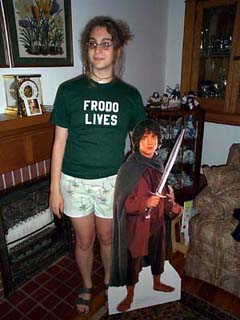


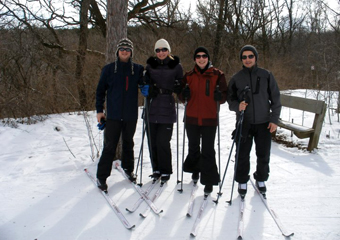
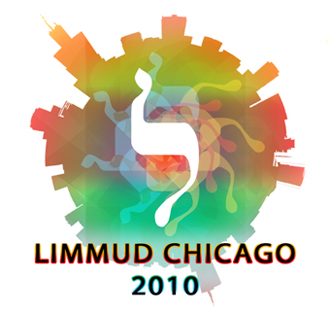


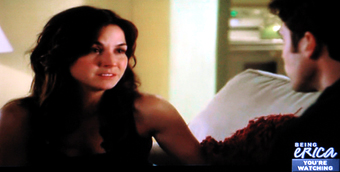
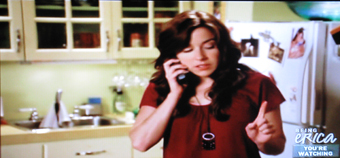


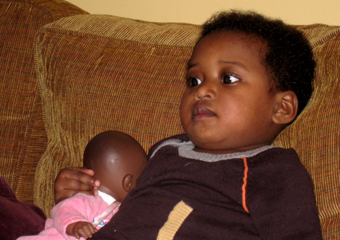

.jpg)



